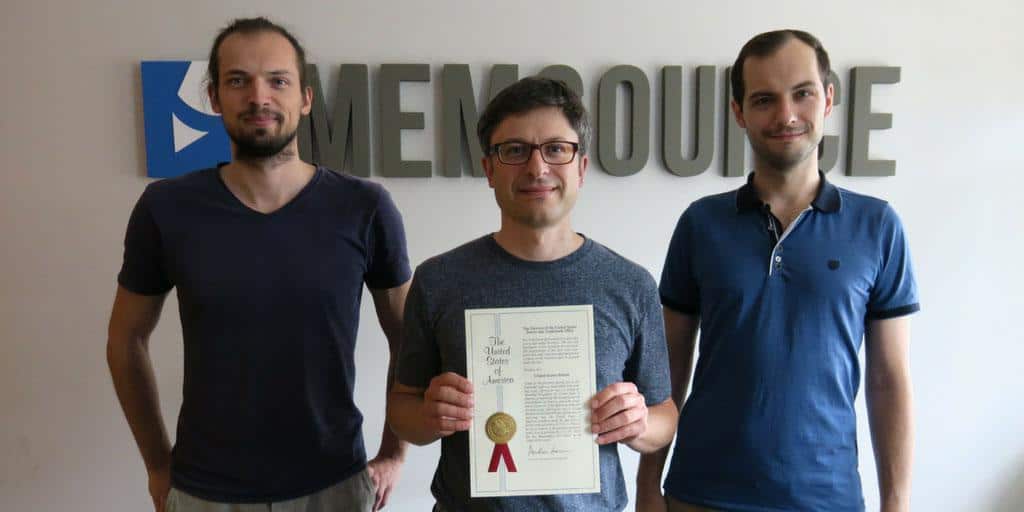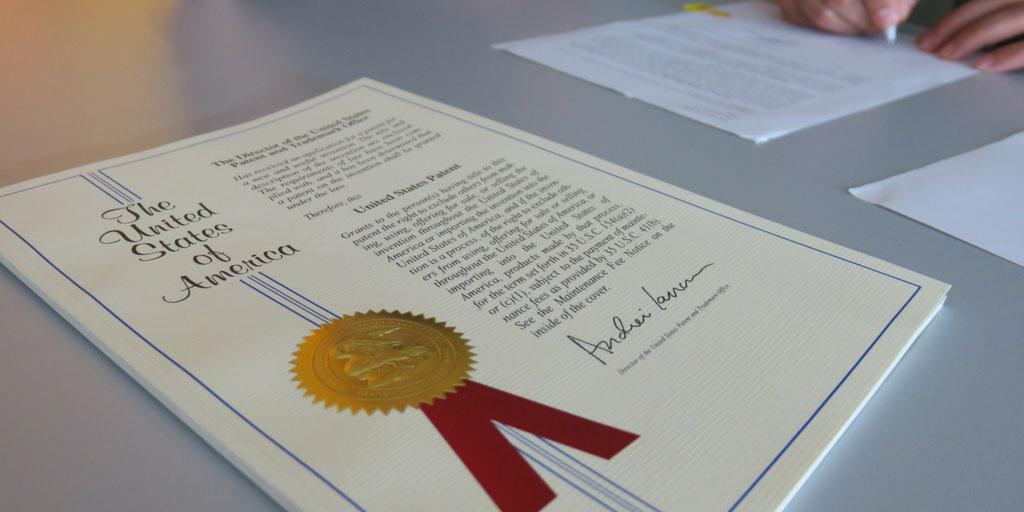
Blog
Machine Translation Report
What is the optimal MT Engine for you? Find out in the latest MT Report by Memsource.

As an industry, we have barely scratched the surface when it comes to applying artificial intelligence. At the exponential rate of technology innovation, how long will it take for AI-powered features to be as integral to the translation pipeline as translation memory – 5, 10 years? I expect sooner, says David Čaněk, CEO & Founder of Memsource.
For as long as there has been translation technology, there have been translation technology patents, paving the way for more efficient processes. With AI gaining prominence across many industries and technologies, we will also see the same take place in translation tools. I consider our recent US patent US9959272B1: Automatic Classification and Translation of Written Segments, commercially known as Memsource AI-powered Non-translatables, a good example of how artificial intelligence will become integrated into translation technology products.

Memsource CEO David Čanek holds up the Memsource AI-powered Non-translatables US-issued patent between AI Engineers Dalibor Frívaldský (left) and Aleš Tamchyna (right).
AI still seems a bit like a buzzword. However, it’s more than just a buzzword, because there is substance behind it. Just like the AI-powered neural machine translation outperforms its older rule-based predecessors, the same will take place for other translation technology features. When you look at translation tools, they are full of features that are powered by rules: segmentation rules, quality assurance rules, project templates to assign translators to jobs are also mainly rule-based. Some of these rules will be replaced by AI technology and users should then benefit from these features being more efficient.
When we launched our AI-powered Non-translatables feature which automatically identifies segments that do not need to be translated, we followed just this pattern. We improved an existing rule-based feature by adding an AI-powered component. The concept of non-translatables is not new, but the presence of artificial intelligence powering the feature to detect additional non-translatable segments is.
From a user’s point of view, the feature brings additional 100% matches coming from the AI-powered engine that, with high accuracy, identifies segments that do not need to be touched and assigns a 100% score to them – just like when there is a 100% translation memory match. Issued on May 1, 2018,the patent is both a milestone for what we’ve accomplished, and a reminder of what’s to come.

US patent US9959272B1: Automatic Classification and Translation of Written Segments, commercially known as Memsource AI-powered Non-translatables.
This is the first of many artificial intelligence patents for Memsource, and an example of how everyone involved in translation is moving closer to an optimized process – as always it will be important that these efficiency improvements are distributed fairly between the three stakeholders involved: translators, translation companies, and translation buyers. Every single advancement in artificial intelligence (AI), machine learning (ML), and deep learning (DL) within translation and localization is a step closer to frictionless globalization. It’s thrilling to consider that our industry might be unrecognizable in a few years time.
We need to revisit my opening statement, though, and admit that our knowledge and application of artificial intelligence is still in its infancy. There are still a lot of steps to be taken to get to that unrecognizable stage. Most of the AI, ML, and DL we’re seeing is related to machine translation, because of its existing trifecta of translation benefits: lower price, higher efficiency, and increased speed.
As a result of these technological advances, the quality of machine translation keeps increasing. Still, we are facing the issue of measuring the quality of machine translation output. Both our enterprise and translation company customers care a great deal about translation quality. In turn, we have set our sights on machine translation quality estimation as our next AI-powered endeavor. This AI-powered feature will provide a quality score for machine translation output at the segment level – in real time and before the translation starts. This means that we will soon be able to utilize machine translation with more confidence.
Certainly AI-powered translation technology will someday be able to branch out of tasks that are inadequately addressed by rule-based approaches. There are virtually no limits to the speed or creativity of applying new technology to the translation workflow as we know it. I don’t know what all it holds — but I do know that we should all anticipate a revolutionized industry — and that we are all currently contributing to it and shaping it.
—
This article was first published in EUATC News.



